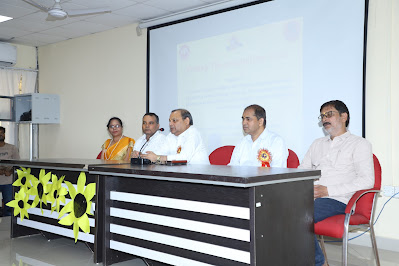Growth and Development of Public Relations
The use of public
relation seems to be older than that of its origin as a term. When Queen
Elizabeth-I came to the power in 1558, the internal situation of the UK was in
disarray in which the possibility of rebellion always endangered the stability
of the government. But Elizabeth was not only able to manage the affair by
bringing stability and order in the society, but also raised the nation to an
acclaimed height. One of the secrets of her miraculous success was
unquestioningly good public relations she employed by appointing able
administrators who rendered a good deal of dedicated service to the
nation.
Public relations is
considered an important tool in moulding public opinion which constitutes the
basic spirit of democracy. The term public opinion was not used until the
eighteenth century. The Greek writers elaborated on public will, which was
ultimately shaped by the Romans in the expression of Vox Populli (popularly
known as Vox Pops). The need of influencing voice of the people on
predetermined line paved the ground for the emergence of public relations.
Information is the core of communication which is partly designed to influence
the action and opinion of the public. When information is disseminated with the
purpose, it is communication.
American President
Thomas Jefferson first coined the term public relations in his address to the
Congress in 1807. The intention of the President was to explore meaningful
words for expressing his idea. Public Relations as an organized profession
emerged in the United States. According to Scott Phillip the birth of public
relations was closely associated with the beginning of American
industrialization. In 1900 Publicity Bureau, a public relations consultancy
firm, was established in Boston. In 1915, Ivy Lee engineered public campaign on
behalf of Pennsylvania Railroad Company. Lee was perhaps the most famous of the
early public relations practitioners. He helped to develop many of the
techniques and principles that today’s practitioners follow. He believed in open
communications with the media, and he was candid and frank in his approach to
the press. He understood that good corporate performance was the basis of good
publicity. Many believe that his major contribution was to humanize wealthy
businessmen and to cast big business in a more positive light.
A former Wall Street
reporter, Ivy Lee became a public relations counselor with George Parker in
1904. He developed a publicity policy of “the public be informed” in contrast
to the infamous statement of financier William Vanderbilt, “the public be
damned.”
‘Business had to tell
its story honestly, accurately, and openly in order to win public understanding
and support’.. .. Lee
During the First
World War, the then US president, Woodrow Wilson created a committee on Public
Information headed by George Creel. It had many young faces, who acted as
propagandists. The objective of the committee was to unite the public opinion
in favour of the war. During those times PR was the form of publicity & its
objective was to influence the masses and it was synonymous with ‘influencing’.
There was a quiet period between WW-I & WW-II. When the PR exercises had
been stopped during the WW-II, the need of the PR was felt again. This time the
emphasis was on the two way communication and relationships.
PR in
India
In India the use of
public relation dates back to the time of Ashok, the Maruya Emperor who made
arrangements for inscribing his message on different parts of his empire. The
edicts were to inform the people about the different aspects of his policy. He
urged the people to perform certain tasks which were mainly designed to
establish general welfare on religious lines. Another aspect of the
inscriptions was to seek goodwill from the people in order to strengthen the
order of establishment. The language of the script was not same in different
regions. The objective of using different scripts in providing the same
information was to widen the scope of understanding in the context of specific
needs of people living in different parts of empire. Emperor Ashok realized
that the better understanding of the script would pave the ground for winning
the people’s confidence which might be described as an exercise of public
relations.
The public relation
information is considered to be the staple food that is being dished out to the
target audience or to the external public with a definite purpose. Hence,
public relations may be described as a communication that is designed to
influence the behaviour of the people. Kabir, Srimanta Sankardev, Srimanta
Madhavdev, Chaitnya Mahaprabhu, and other great religious saints try to diffuse
knowledge through the traditional or folk media of communication in order to
bring revolutionary changes in human consciousness. In the twentieth century
Mao-Tse-Tung and Mahatma Gandhi gave birth to the concept of mass communication
which demanded.Please Add your comment





No comments:
Post a Comment
Please share your views